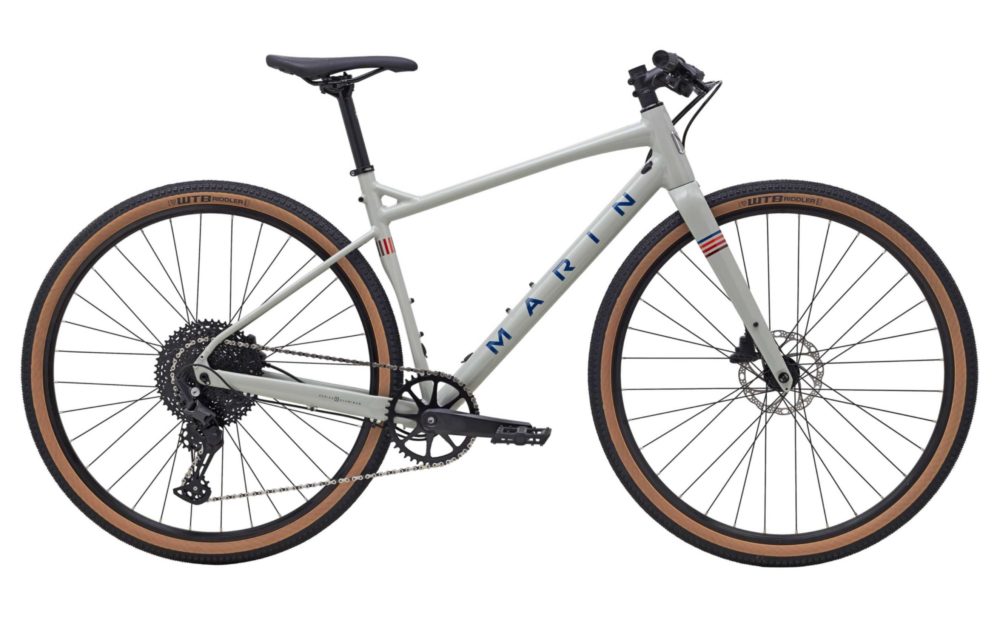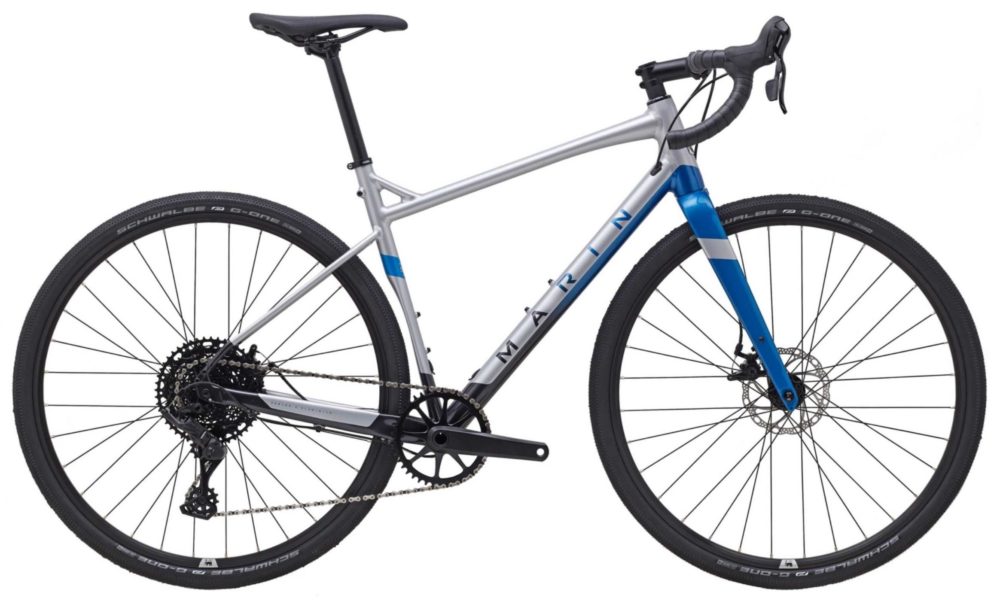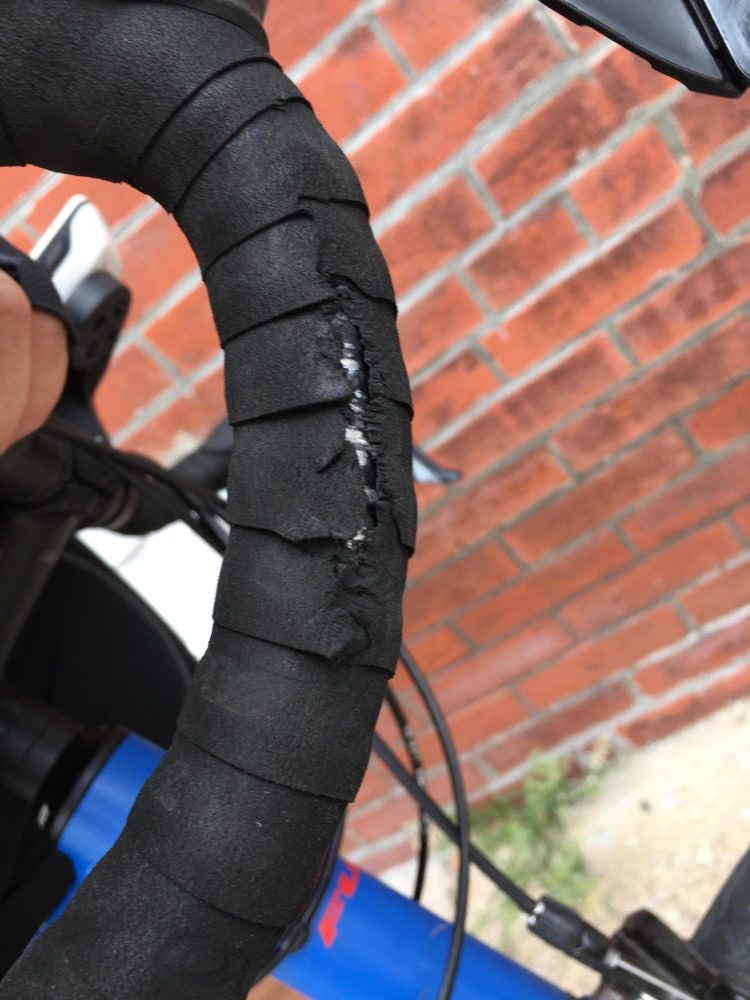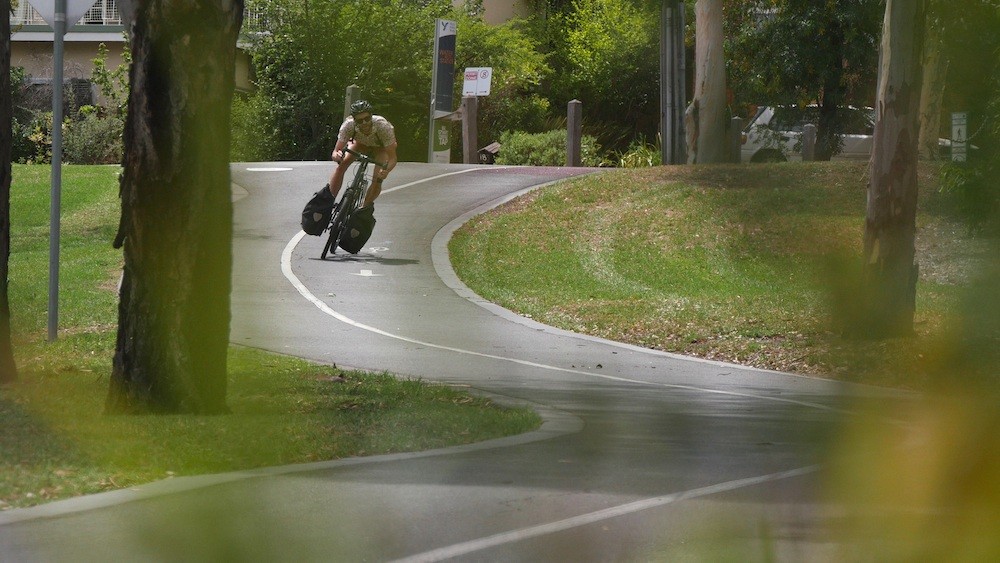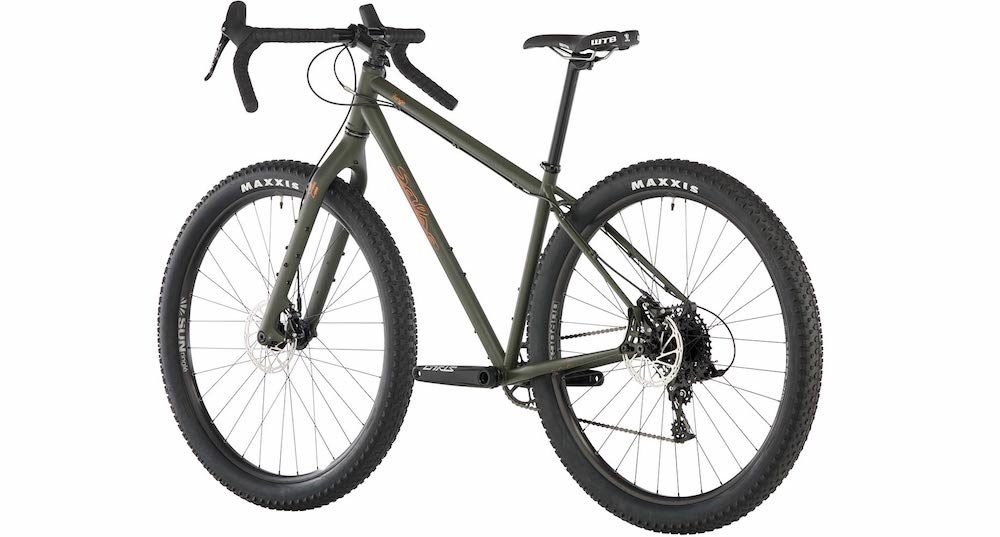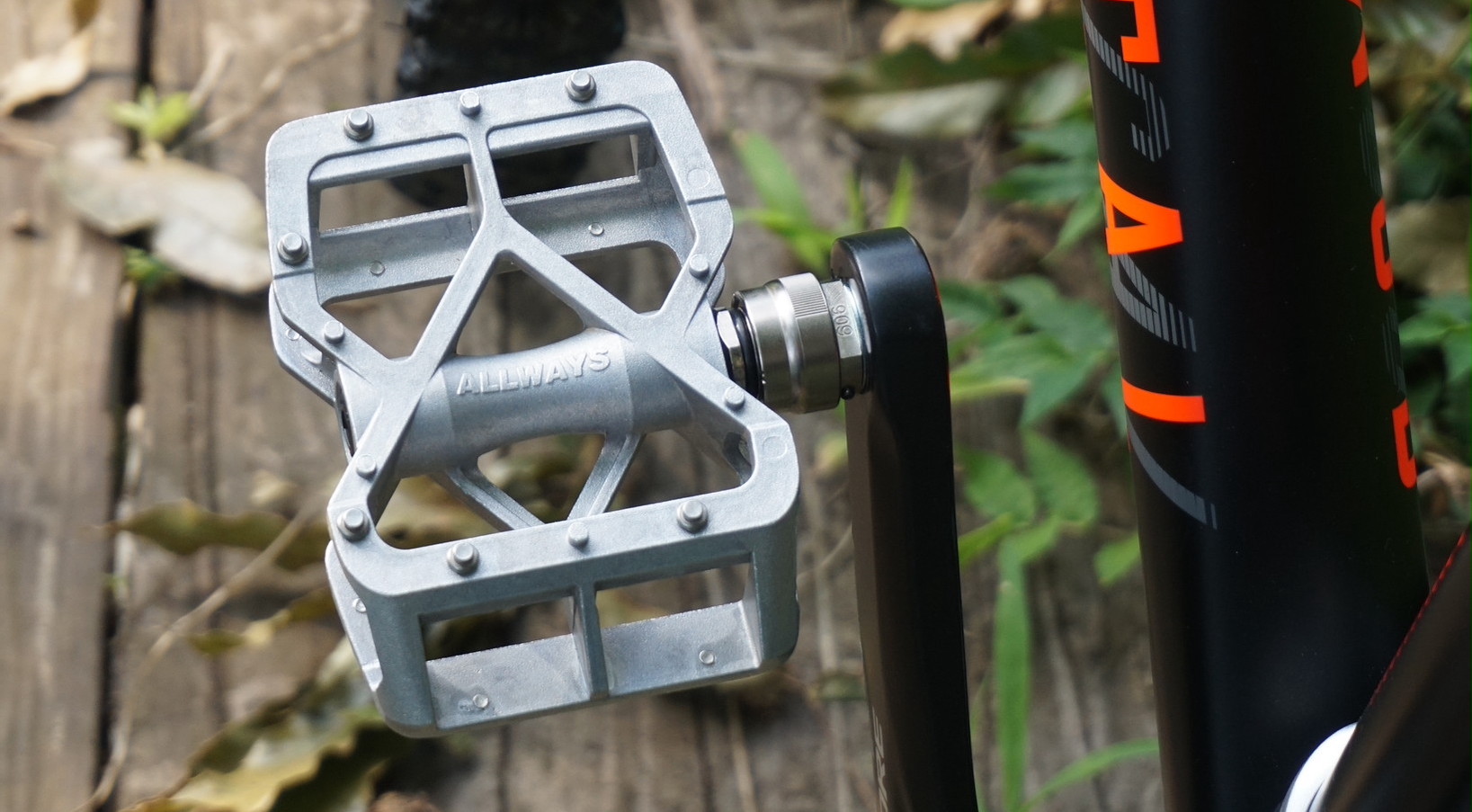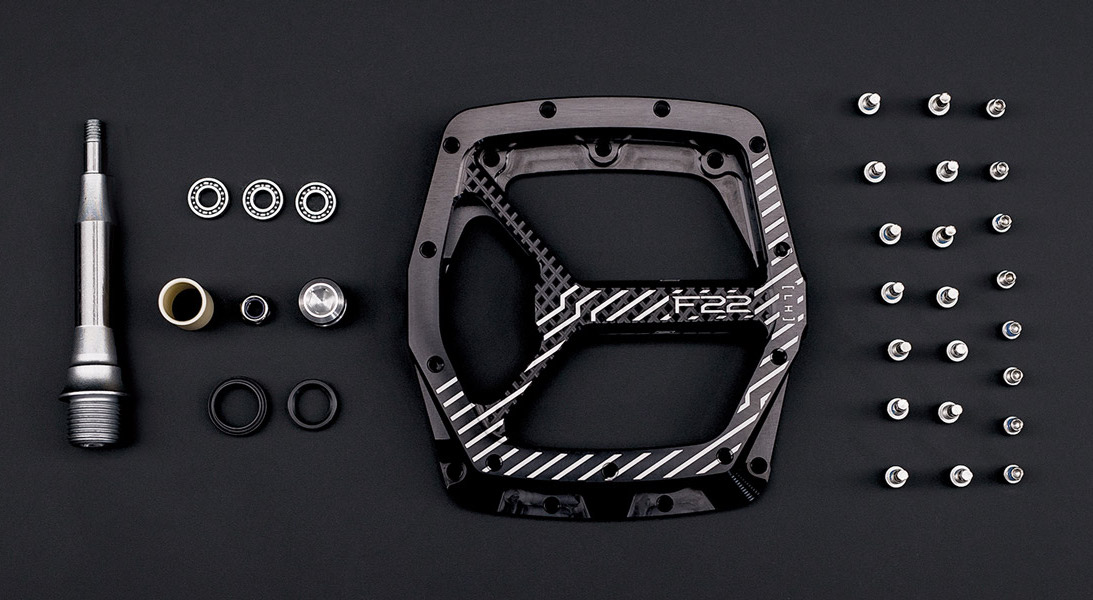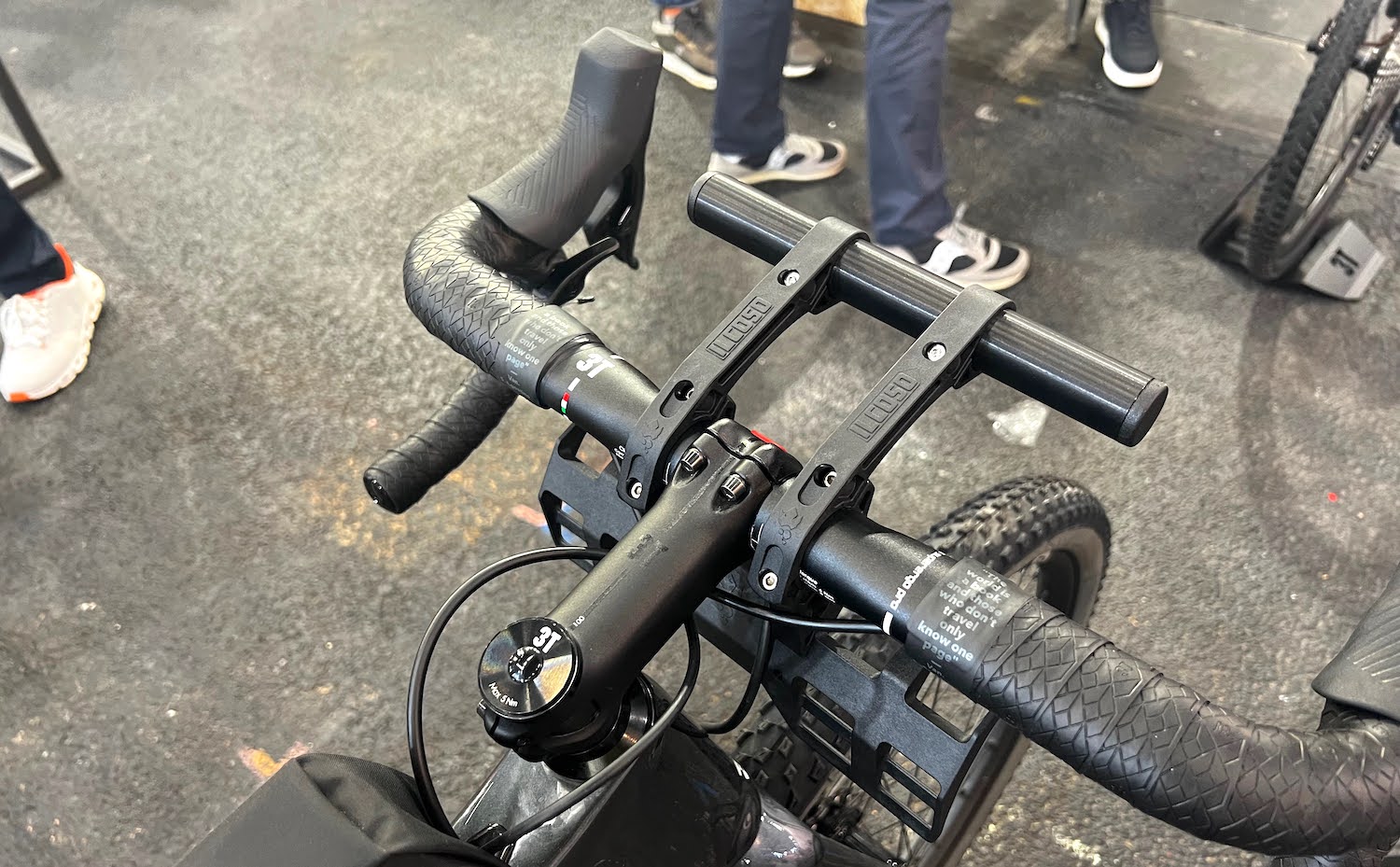Table of Contents
- The Case For Flat Bars
- Flat Bars Offer Better Bike Handling
- More Stable Frame Design
- No Toe Overlap
- The Brake Performance
- Lower Gear Ratios Are More Common
- The Price Is Often Lower
- A Broader Range of Handlebar Designs and Hand Positions
- More Bikepacking Bag Capacity + Better Access
- Bar Grips > Bar Tape
- Low Risk Of Sweat Corrosion
- Better For Gearbox Shifters
- Flat Bars Often Come Down To Safety
- The Case For Drop Bars
- Why Are Drop Bars Popular?
- Summary
Drop bars or flat bars may be the best option for you, depending on your use case.
But when we take a look at both designs objectively, the best option for the most people is a flat handlebar – and it’s not even close.
In this article, we will analyse the differences between these two handlebar designs, covering everything from performance to frame geometry, product design to safety.
As rider comfort is a subjective experience, egonomics is not part of my analysis – some of you will find drop bars comfier, others will find flat bars comfier.
Let’s start with when flat bars are objectively better than drop bars, and later, we’ll flip the script.
The Case For Flat Bars
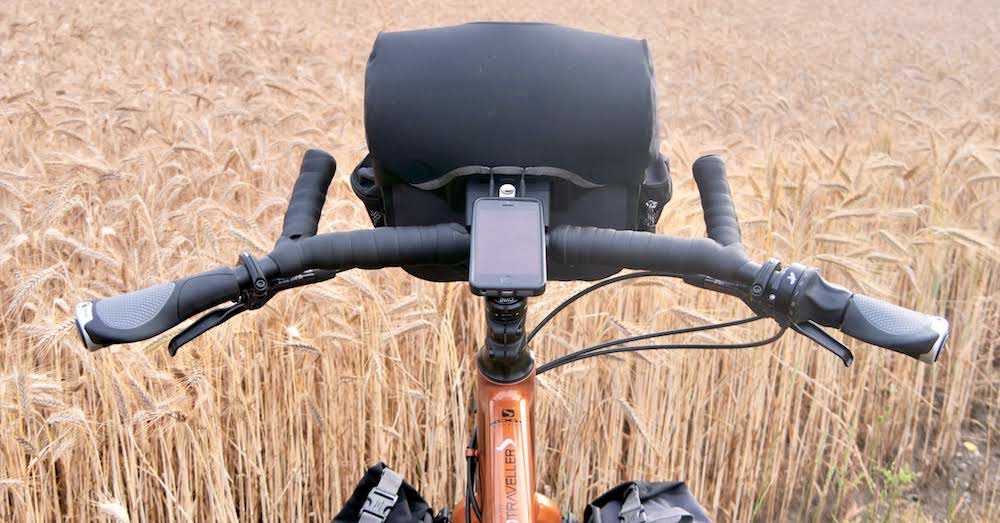
Flat Bars Offer Better Bike Handling
The wider your hands sit from the steering axis, the more leverage you have to steer your bike.
With a wide flat bar, you can expect better bike control at high speeds, as the additional leverage helps to counter the ground forces that are constantly nudging your handlebar, and at low speeds, as you can make small adjustments to help keep your balance.
A high steering leverage is also particularly important if you use front luggage, as any weight at the front of the bike requires additional effort to steer. Even with a very heavy front load, wide handlebars can provide a light steering response.
You can expect to ride with more confidence and more control with a flat handlebar, especially on rougher terrain.
But note: there are drop bar exceptions to the rule that make the most of a high steering leverage. The Curve Walmer is 600mm wide at the hoods, which is getting mighty close to offering flat bar levels of control.
More Stable Frame Design
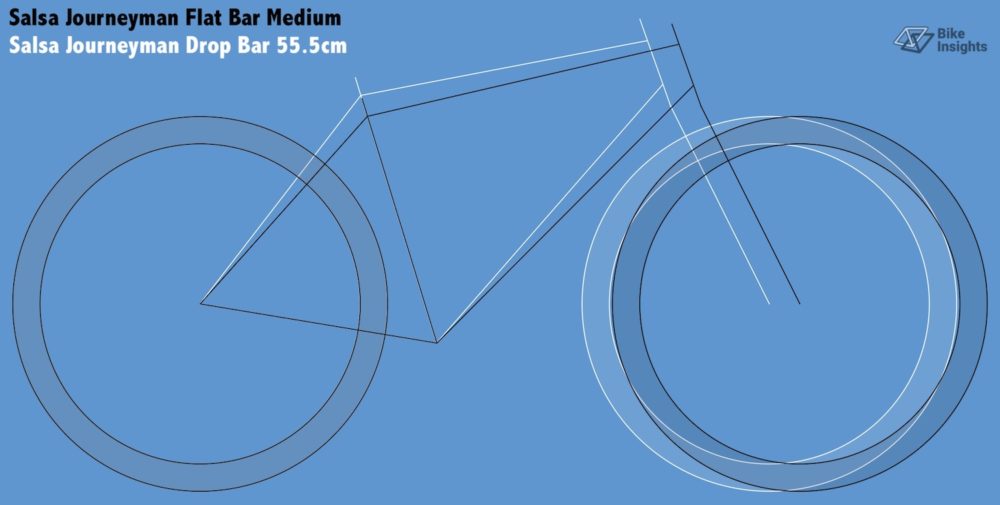
As the grips are closer to your body when you use a flat bar, manufacturers need to increase the front centre of their flat bar frames by approximately 50-60mm to ensure rider hip, back and arm angles can be maintained.
This has multiple indirect benefits:
1. You get a longer wheelbase, which makes your bike more stable at speed.
2. You get a larger front endo angle, which makes it harder for a bump, pothole or rock to send you over the bars.
3. When you stand up, your centre of mass is better centred between your tyres, which maximises both front and rear tyre grip.
As a result, flat bar bikes are more stable and confidence-inspiring to ride – in particular, on steeper or rougher sections of trail.
Again, there are drop bar exceptions to the rule that design-in long front centre lengths. I made a frame geometry masterclass around one such bike (Evil Chamois Hagar), which you can watch up here.
No Toe Overlap
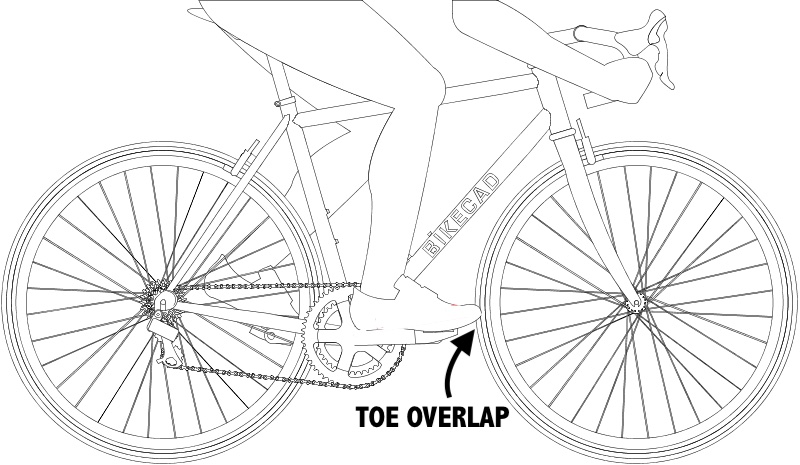
You have toe overlap when you turn your handlebar and your front wheel makes contact with your forward foot. This is usually a problem on drop bar bikes in the small to medium sizes, but can be a problem on bigger bikes with fenders too.
With the longer front centre lengths of most flat bar frames, we can virtually eliminate toe overlap for riders of all heights, which improves low speed riding safety, in particular.
The Brake Performance
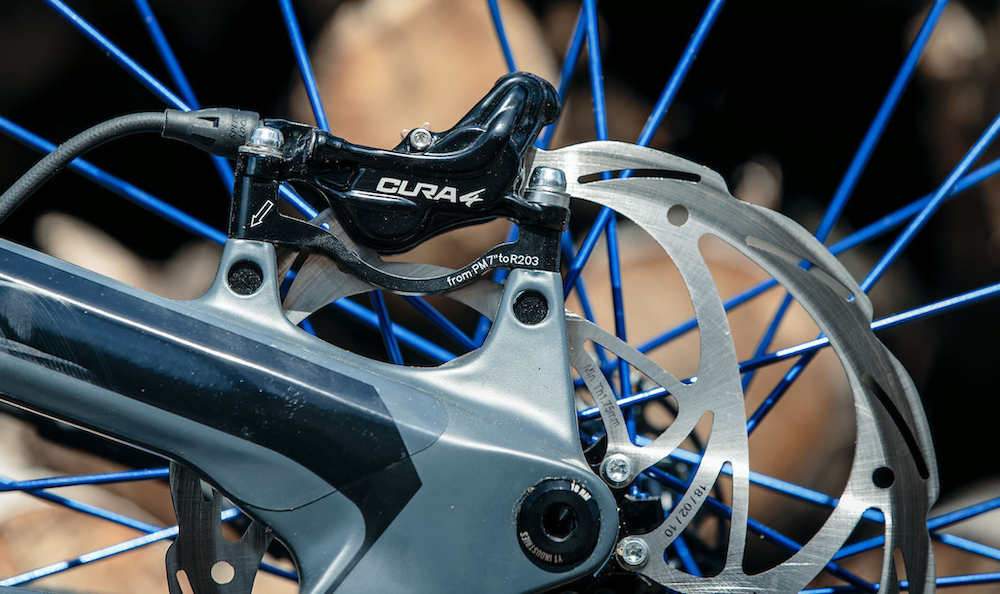
One finger braking is easy on a flat handlebar, which leaves your thumb and three other fingers to get a firm hold on the small-diameter grips.
In comparison, drop bars typically require more fingers on the brake levers (especially in the hoods) which results in a less firm hold. This is particularly noticeable if you try to brake into bumpy corners.
In addition, flat bar brakes offer more stopping power with the same lever force. This is thanks to mountain bike brakes being available with more pistons and larger pad surface areas, as well as larger-diameter rotors.
Lower Gear Ratios Are More Common
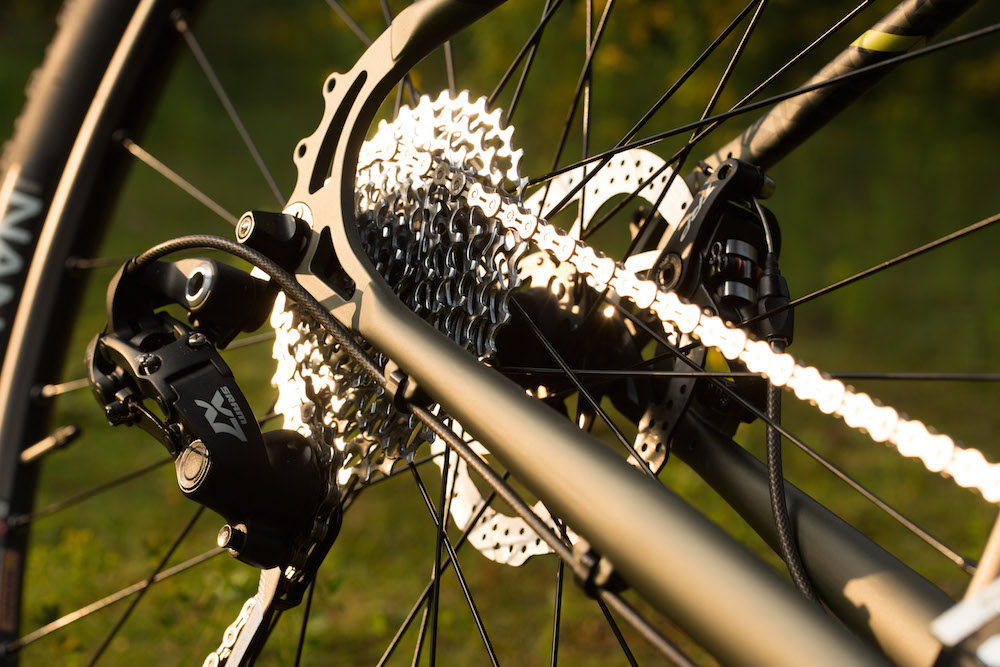
Low gear ratios are absolutely essential if you want to make riding in the hills nice and easy.
If we compare the lowest gear ratios on bikes in the “off-road touring” category in my buyer’s guides, the flat bar bikes have a 20% lower average climbing gear than the drop bar bikes!
This is because flat bar shifters are easily paired with mountain bike drivetrain components. As these parts are intended for the steepest terrain, they come with the gear ratios to match.
There are many ways to hack drop bar drivetrains, but ultimately, low gear ratios are more commonly found on, and are easier to retrofit to flat bar bikes.
The Price Is Often Lower
If we take a look at the Marin bike range, we can see that the drop bar Gestalt X10 and flat bar DSX 1 share a very similar aluminium frame, carbon fork and specification (in fact, the spec on the flat bar bike is a touch better).
The extra cost for the drop bar model? $400.
We see similar price differences with Specialized bikes. The Sirrus X 5.0 carbon is $550 cheaper than the Diverge Base Carbon. Again, the flat bar spec is undoubtedly better, but the price does not at all reflect this.
The price discrepancy could be attributed to the shifters of drop bar bikes being more expensive to manufacture. For example, a set of Shimano Ultegra road shifters is three times the cost of the equivalent flat bar shifters (I know, you get brake levers too – but still).
Another explanation could be that the drop bar market will simply pay more for the same thing. Whatever the reason, flat bar bikes almost always represent the best value-for-money.
A Broader Range of Handlebar Designs and Hand Positions
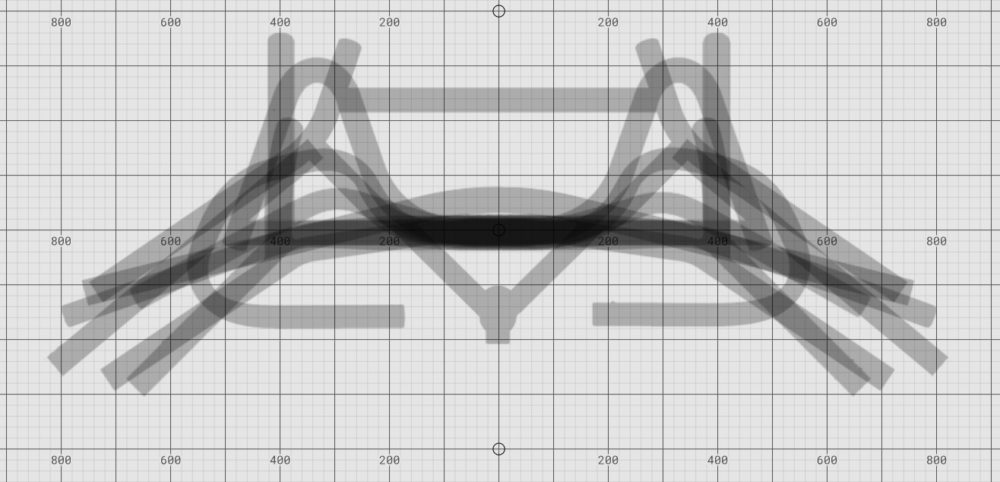
While drop bar handlebar designs do vary, especially in terms of width and flare, it’s nothing compared to flat bar designs!
It’s a bit of a myth that drop bars offer more hand positions. These days, you can find flat bars in a crazy number of configurations!
Bar-ends fitted inboard? Sure. Outer bar-ends? Of course! How about a nice loop? Yep. Butterfly wings? They make that. Backsweep? Get it in whatever angle you want.
It’s hard to imagine there isn’t something for everybody. I’d recommend playing around with the website WhatBars to get a sense of your flat bar options.
More Bikepacking Bag Capacity + Better Access
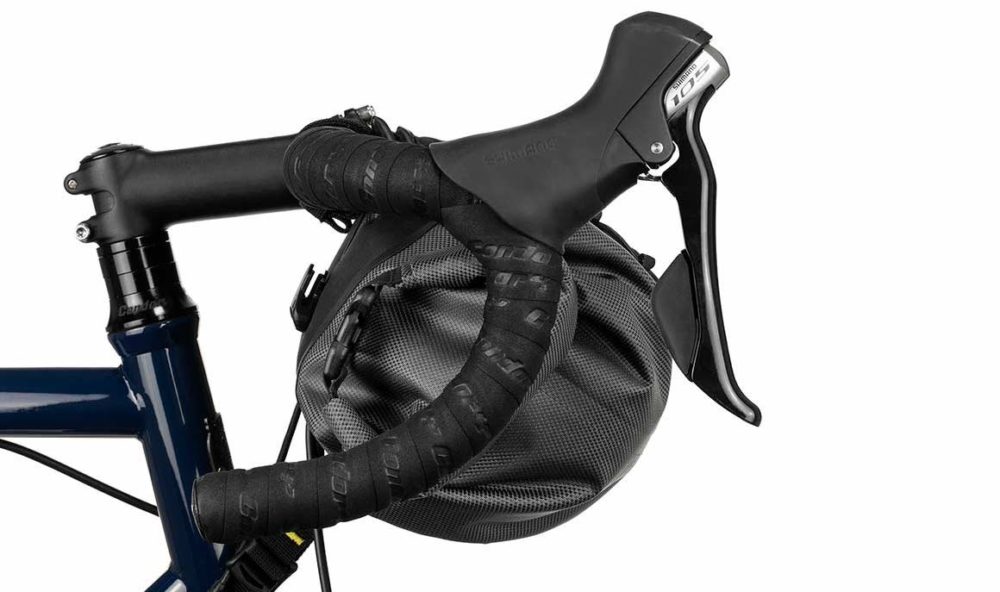
Handlebar pack volume is much less restricted on a flat handlebar, as the bar and levers do not interrupt the width of the bag at all. The bag volume is often twice as large on a flat bar!
In addition, the roll closures are much easier to access as the drops don’t get in the way.
Bar Grips > Bar Tape
Bar tape is susceptible to tearing, moving about or unwrapping itself with use. On a long bike trip, this just means more bike maintenance.
In comparison, flat bar grips are tough enough for mountain biking, long-lasting and super easy to replace given they often slide straight on and are fastened down with bolts.
Additionally, it’s MUCH easier to replace and maintain brake and shift cables on a flat bar bike, as you can do so without unwrapping and rewrapping any bar tape.
Low Risk Of Sweat Corrosion
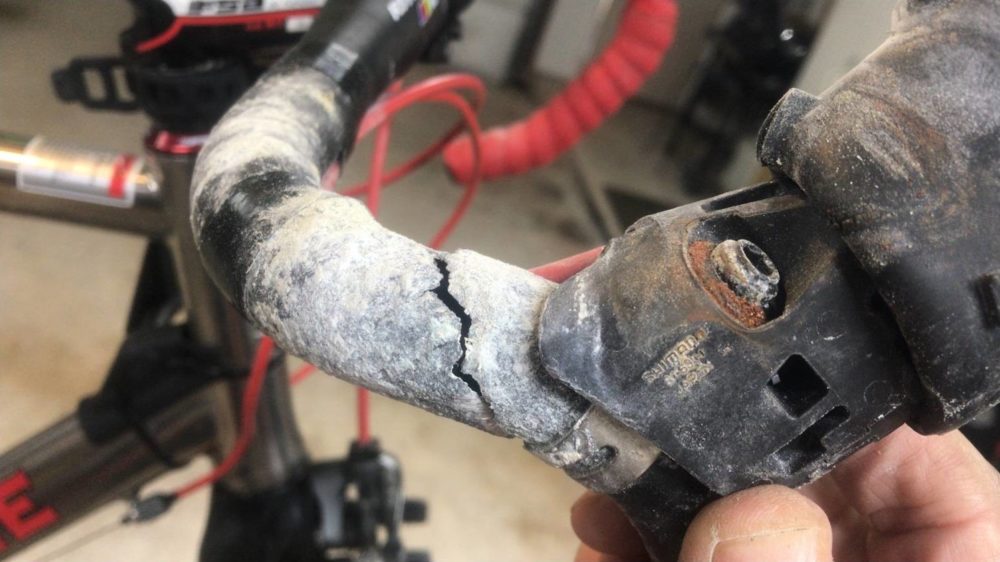
If you’ve ever worked in a bicycle repair shop, you’ll know all about sweat corrosion!
This is a chemical reaction that occurs between your sweat and aluminium handlebars, in particular, and the corrosion is often eating away at your handlebar without your knowledge.
This is a good reminder to periodically peel back your bar tape if you use aluminium handlebars.
While sweat can destroy a flat handlebar too, it turns out that bar tape is the ultimate sweat sponge, which results in corrosion almost exclusively being a drop bar problem.
Better For Gearbox Shifters
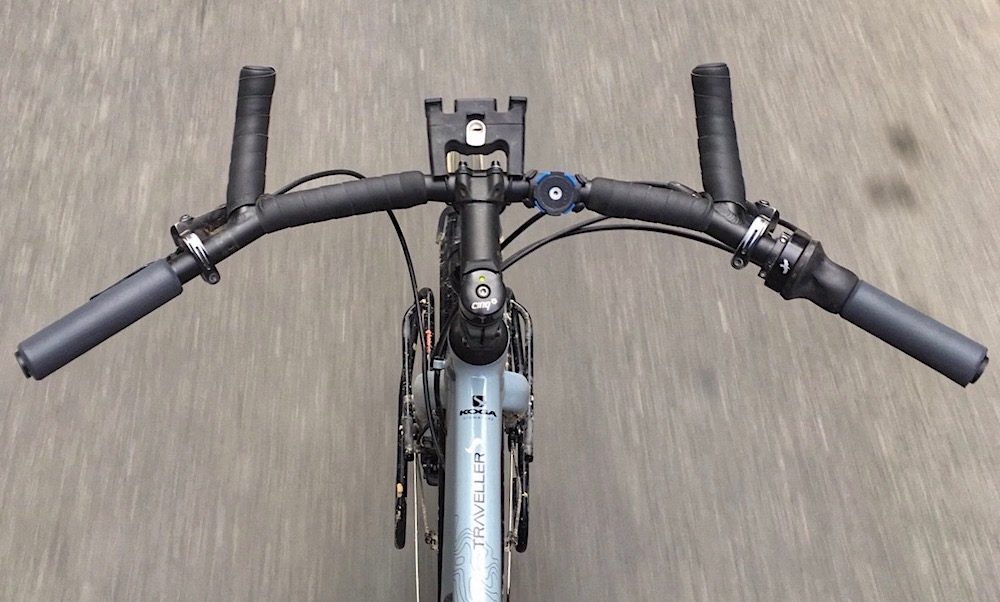
If you like the idea of a gearbox drivetrain, a flat handlebar holds the advantage.
While there are many workarounds for getting a Rohloff or Pinion gearbox shifter onto a drop bar, the twist shifter is easier to access on a flat bar as it sits right under your hand at all times. It also allows you to dump at least eight gears at once, which is surprisingly useful when touring or bikepacking.
Flat Bars Often Come Down To Safety
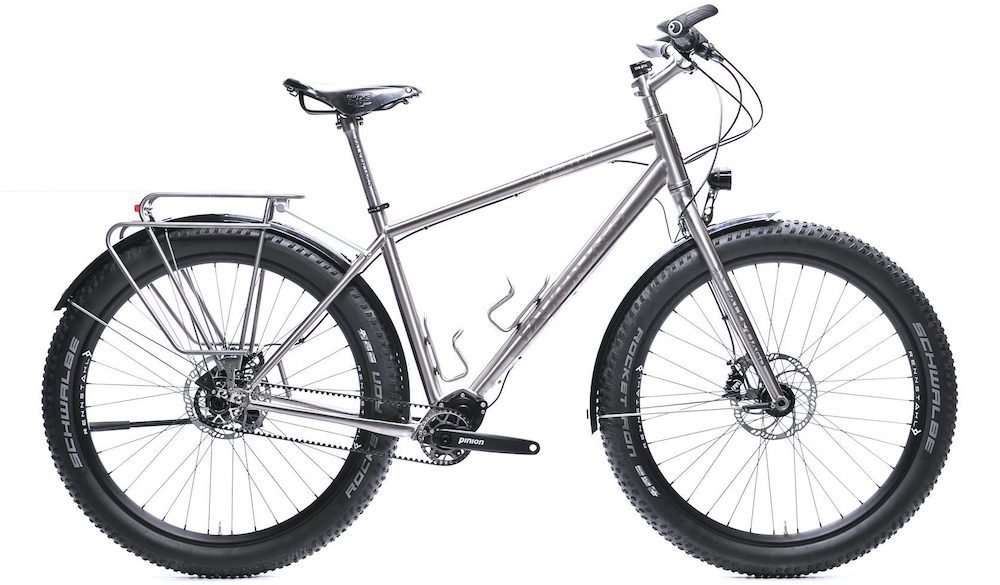
There’s a strong safety argument for using flat bars.
Think about it – better handling and control, better braking, a more stable frame design, no toe overlap and less risk of handlebar corrosion. All of these factors ultimately help to keep you upright.
This is important to note for riders who aren’t yet super confident with their bike handling skills. If you’re new to bike travel or are spending a lot of your time off-road, I’d recommend honing in on flat bar bikes.
Right, it’s now time to find out when drop bars are objectively better.
The Case For Drop Bars
More Aerodynamic
By the time you’re cycling at 30KPH, as much as 90% of the resistive force experienced comes from aerodynamic drag. For those who intend to travel further or faster, there is a strong case for drop bars.
Drop bars are faster at higher speeds because the hand positions on offer will help you to tuck your elbows in and lean forward, putting your body in a more aerodynamic shape. Additionally, you’ll get a reduction in your body’s frontal area thanks to the narrower width.
This allows you to ride further with the same effort, or the same distance with less effort. Drop bars are great in headwinds too!
That said, some flat bars (KOGA Denham, Velo Orange Crazy Bar, Surly Moloko) are designed with aerodynamic handholds in mind. Alternatively, you can add bar-ends on the inside of your grips for a speedy ride position, or better yet, fit some aero bars to your bike.
Often Better In Busy Inner City Areas
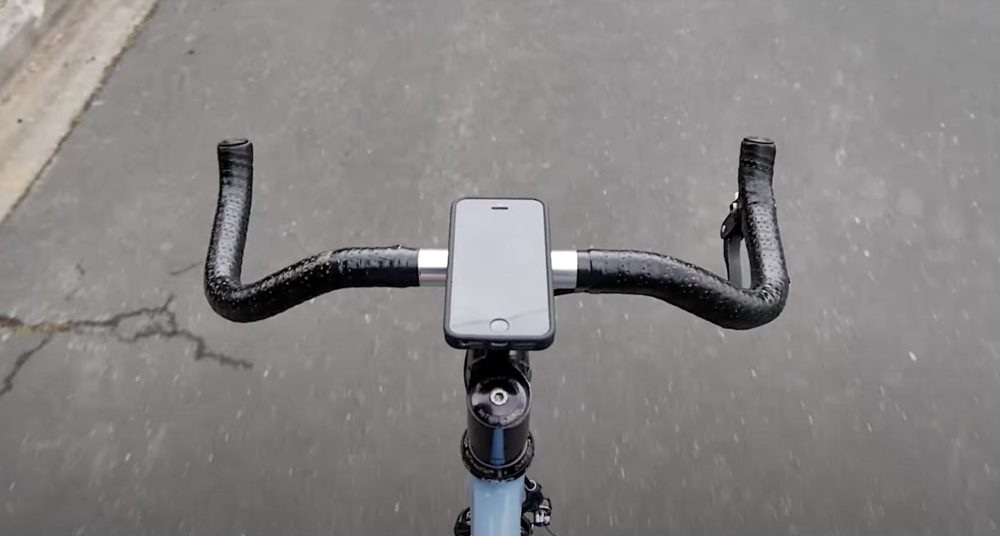
Drop bars are often best in urban environments where you need to squeeze tight gaps.
This is due to their 15 to 30cm narrower width, making splitting traffic, riding near close-passing cars, negotiating pedestrian areas, and riding through narrow alleyways much easier.
The Drops
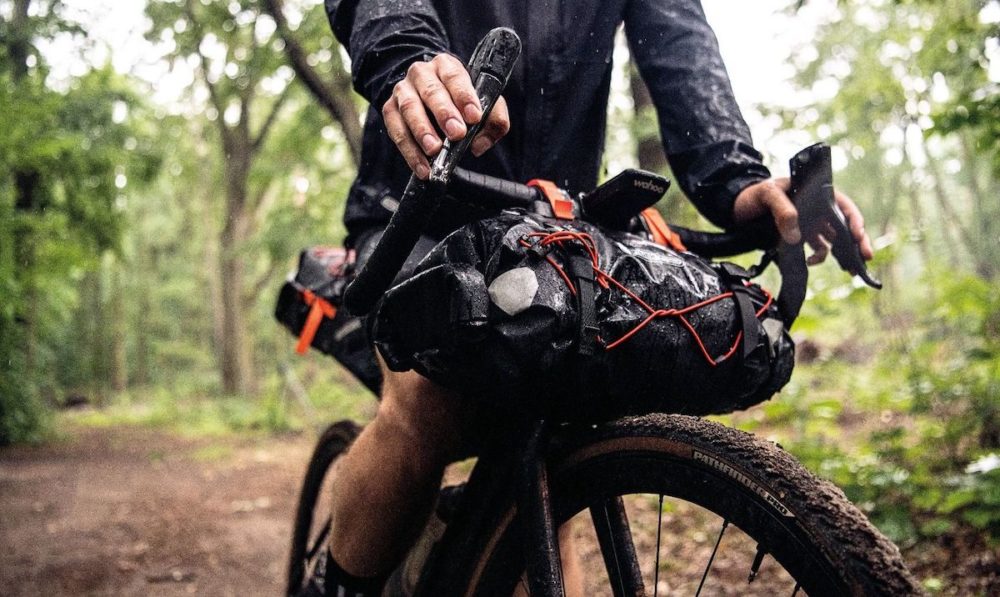
A unique hand position on a drop bar is the… drops!
In this position, you can lower your hands to adjust your hip angle, stretch out your back and take some weight from your backside. These adjustments may keep you feeling fresher on a long ride.
That said, butterfly bars are a flat bar option that provides a similar high and low ride position, and aero bars fitted to any bike allow for similar body tweaks to the drops.
Brake Access In Multiple Hand Positions
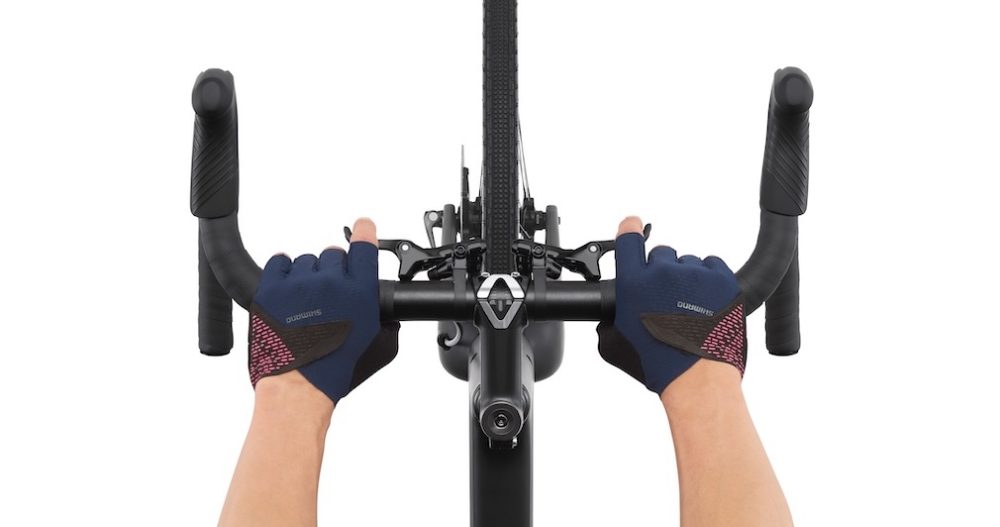
While you can get multiple handholds using flat bars, you don’t have brake lever access from all of those hand positions.
In comparison, drop bars provide brake access in the hoods or drops, and you can even get additional “inline” brake levers for your bar tops too! This can be a confidence booster, as you will not need to quickly move your hands to hit the anchors.
Inline brake levers (aka cross, crosstop, bartop or sub-brake) can be fitted to any mechanical brake set, and Shimano makes some nice levers for hydraulic brakes too (pictured above).
Why Are Drop Bars Popular?
I said this would be an objective analysis, but perhaps there’s a subjective reason why drop bars are popular. Could it be that drop bar bikes simply look better? After all, it’s a FACT that you’ll get more Instagram likes with drop bars!
It’s worth noting that drop bars aren’t popular everywhere.
There is a clear cultural divide between drop bar and flat bar touring bike manufacturers. Continental European brands will almost always spec a flat bar on their touring bikes, while North American and British brands cling dearly to drop bars.
If everyone around you, and every shop is selling bikes with one particular bar type, it’s very easy to assume that that handlebar will be the best option for you too.
Summary
While drop bars do excel on faster and longer rides, as well as in urban areas, when we take an objective look at both handlebar designs, it’s clear that flat bars are the best option for most people.
The higher steering leverage allows for better bike control, both at high and low speeds. We can also use this steering leverage to better overcome the slowing effect of any front luggage, and the leverage also better resists the forces coming from the ground on rougher terrain.
The frames themselves work out to be more stable thanks to the long front centres, and this helps to eliminate toe overlap almost entirely as well.
Flat bar bikes often brake better and offer a firmer handhold at the grips. The cables are easier to access, the grips aren’t delicate like bar tape, and there is almost no risk of handlebar corrosion.
If this list isn’t exhaustive enough for you yet, there’s also more space for handlebar packs with larger volumes. The cherry on the top of all of this is the lower cost.


